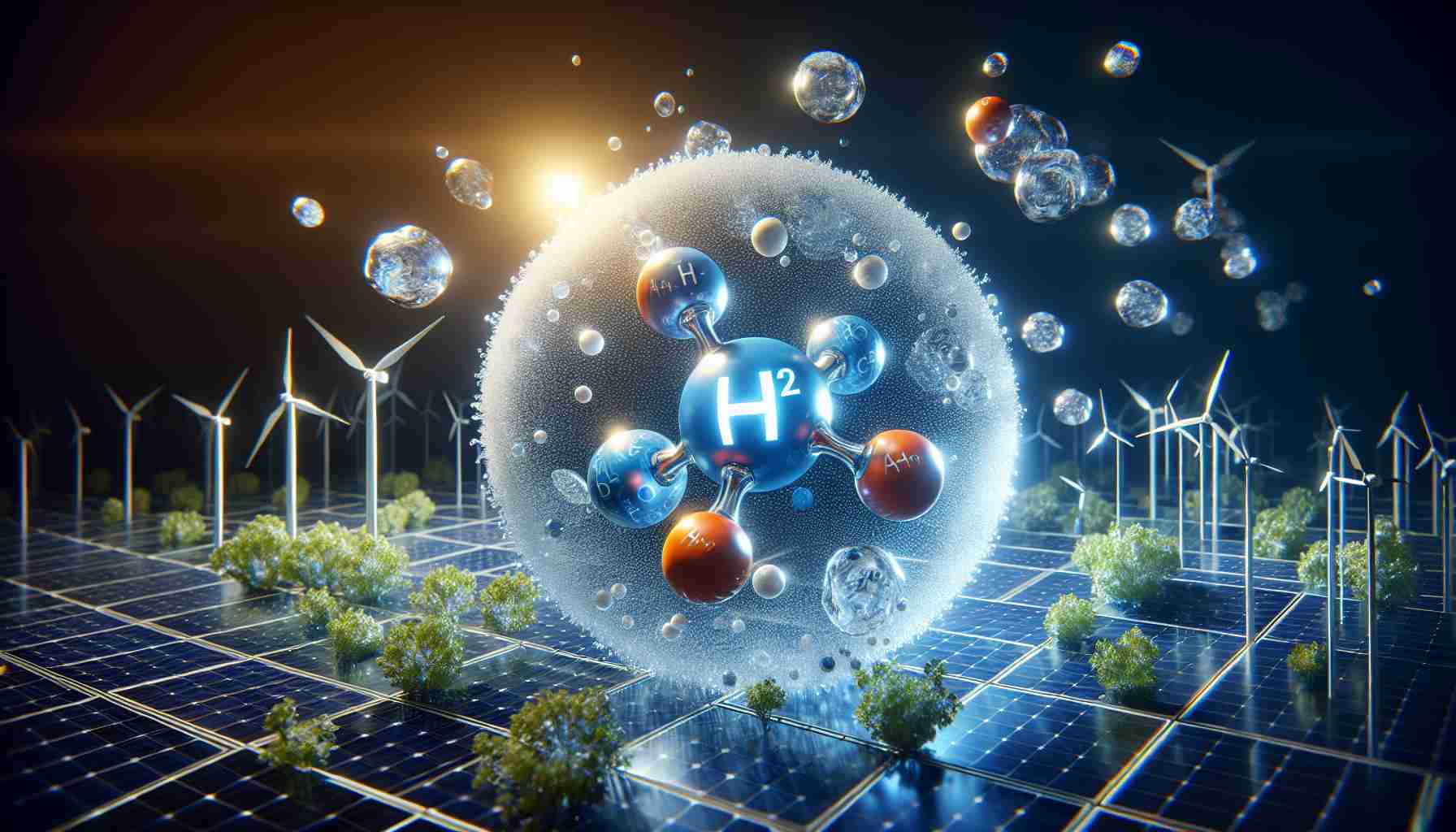The landscape of the global energy market is undergoing a transformative shift, with hydrogen emerging as a pivotal player in decarbonization efforts. In the United States, a pressing need for cleaner energy sources is driving innovation and investment in hydrogen technologies, positioning them at the forefront of the green energy transition.
Countries like Germany are increasingly turning to hydrogen for energy security, especially following disruptions in other energy supplies. This increased focus aligns with national strategies aimed at reducing carbon emissions and bolstering renewable energy utilization. Nations such as Australia are also eyeing significant roles in this evolving market with ambitious green hydrogen projects and international collaborations to export their innovations.
Domestically, the U.S. has seen exciting developments, including new hydrogen production facilities and partnerships aimed at integrating hydrogen into existing industrial processes. Key sectors such as steel manufacturing, refining, and even aerospace are recognizing hydrogen’s versatility, furthering its adoption across various industries.
The methods for hydrogen production are diverse, with electrolysis standing out as the most environmentally friendly approach, yielding green hydrogen from renewable sources. In contrast, steam methane reforming offers a lower-carbon alternative, yet remains reliant on fossil fuels.
As the nation pushes toward expanding hydrogen infrastructure, states are engaging with local industries to foster education and stimulate demand. This collaboration is essential, especially in the face of a burgeoning hydrogen economy, which heralds an era where hydrogen not only fuels industries but also shapes sustainable urban landscapes.
FAQ Section
What is the current state of the global energy market with regard to hydrogen?
The global energy market is undergoing significant changes, with hydrogen emerging as a key component in efforts to decarbonize energy systems. Countries are increasingly investing in hydrogen technologies as part of their transition to cleaner energy sources.
Why is hydrogen gaining attention in the United States?
In the United States, there is a growing demand for cleaner energy alternatives. This need is driving innovation and investment in hydrogen technologies, making them a significant focus in the green energy transition.
How are other countries, like Germany, utilizing hydrogen?
Germany is turning to hydrogen to enhance energy security, particularly after facing disruptions in energy supplies. This aligns with their national strategies to cut carbon emissions and promote renewable energy.
What role is Australia playing in the hydrogen market?
Australia is developing ambitious projects for green hydrogen and is forming international collaborations to export its hydrogen innovations, aiming to carve out a significant position in the global hydrogen market.
What industries are adopting hydrogen technology in the U.S.?
Key industries in the U.S., such as steel manufacturing, refining, and aerospace, are beginning to adopt hydrogen for its versatility and as a part of their industrial processes.
What are the main methods of hydrogen production?
The primary methods for producing hydrogen include electrolysis, which is seen as the most environmentally friendly method producing green hydrogen from renewable energy sources, and steam methane reforming, which is a lower-carbon but fossil fuel-dependent process.
How is the U.S. expanding its hydrogen infrastructure?
Efforts to expand hydrogen infrastructure involve states working closely with local industries to promote education and increase demand. This collaboration is essential for developing a robust hydrogen economy that integrates hydrogen into various sectors and urban environments.
Key Terms and Definitions
– Decarbonization: The process of reducing carbon dioxide emissions associated with energy production and consumption.
– Green Hydrogen: Hydrogen produced through electrolysis using renewable energy sources, resulting in minimal or zero carbon emissions.
– Steam Methane Reforming: A method of producing hydrogen by reacting methane with steam, which, while lower in carbon emissions compared to other fossil fuel methods, still relies on fossil fuels.
– Electrolysis: A process that uses electrical energy to decompose water into hydrogen and oxygen, offering a clean method to produce hydrogen.
Suggested Related Links
U.S. Department of Energy
National Renewable Energy Laboratory
International Energy Agency
